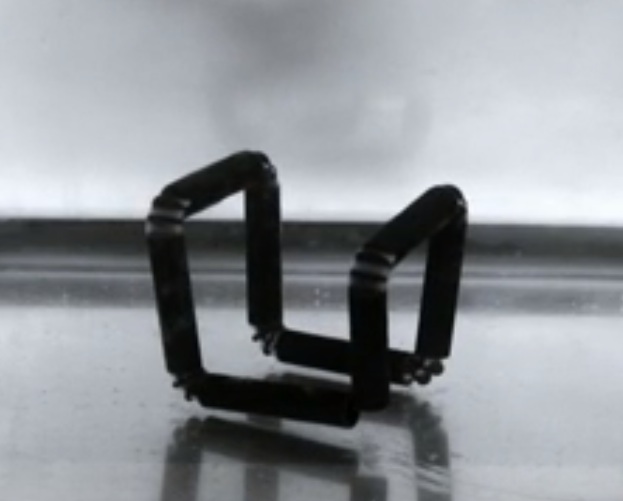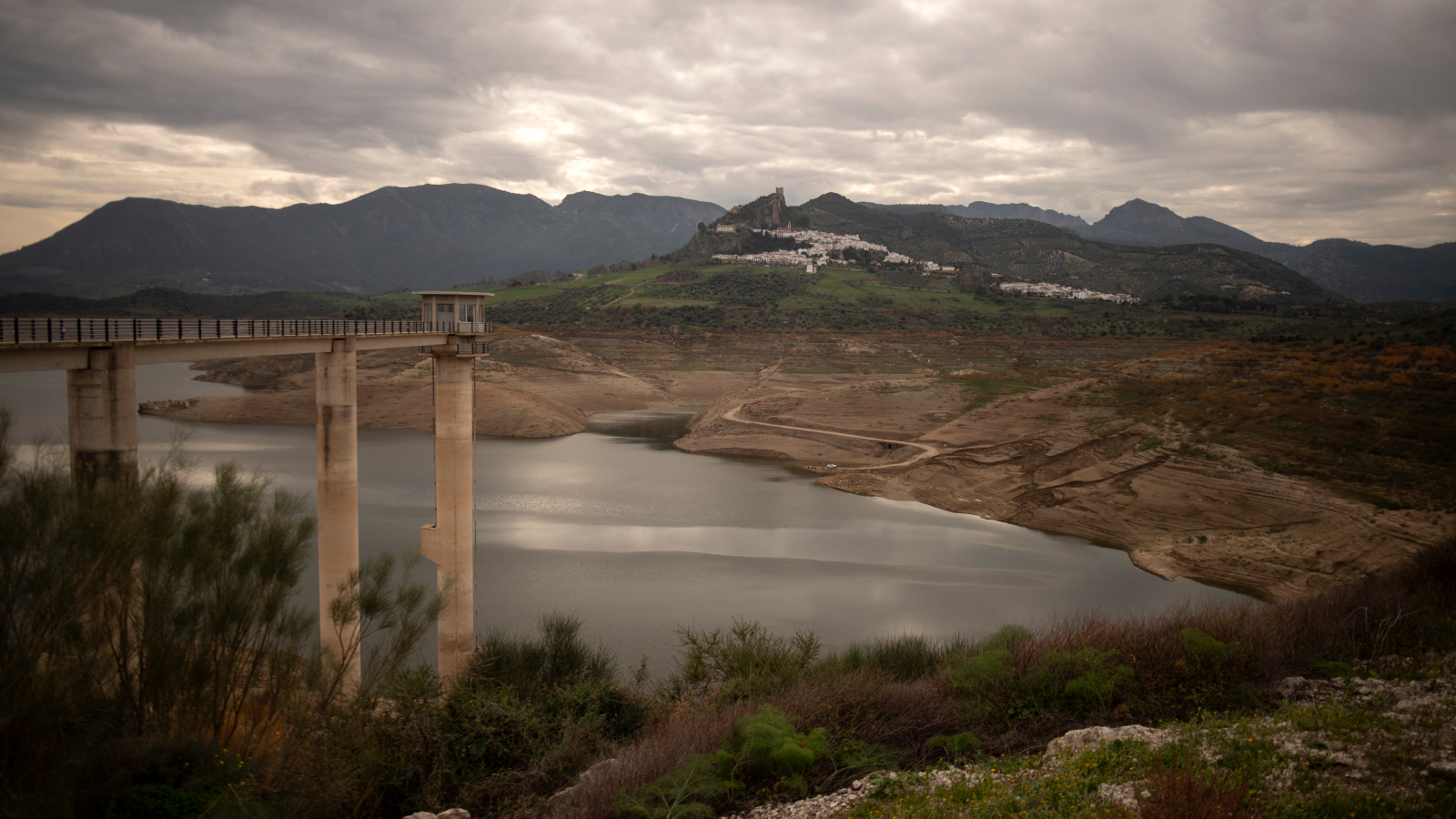4D Printing May Bolster Arsenal of US Army

The 3D printing revolution shows no signs of letting up, and now has made its way on to the next dimension.
The U.S. Army Research Office has awarded $855,000 to three universities to make advances in 4D printing, which is the ability to 3D-print objects that can change their shape or appearance over time (the fourth dimension), or in response to some condition. Potential uses for the technology are endless, but ideas that have been floated include camouflage that can change color to match its surroundings and weapons that can assemble themselves.
"Rather than construct a static material or one that simply changes its shape, we're proposing the development of adaptive, biomimetic composites that re-program their shape, properties or functionality on demand, based upon external stimuli," said Anna Balazs, a researcher at Harvard, in a statement. The U.S. Army awarded additional 4D-printing grants to scientists at the University of Pittsburgh and the University of Illinois.
Research in this project will concentrate on 4D-printing materials at the microscopic scale. Other researchers have shown they can 4D-print larger objects like self-assembling cubes and other shapes.
One of the limitations of 3D printing, wherein a printer lays down successive layers of material like plastic to create objects as diverse as guns and toys, is that assembly is often required. But 4D printing offers the ability to make things that literally pull themselves together.
The technology could also create objects that last longer than their 3D-printed counterparts and adapt to specific conditions on command.
"If you use materials that possess the ability to change their properties or shape multiple times, you don't have to build for a specific, one-time use," Balazs said.
Get the world’s most fascinating discoveries delivered straight to your inbox.
Other proposed uses for 4D printing include building bridges that can self-heal if cracks form, and "adaptive pipes" that can expand or contract on their own.
Email Douglas Main or follow him on Twitter or Google+. Follow us @livescience, Facebook or Google+. Article originally on LiveScience.



